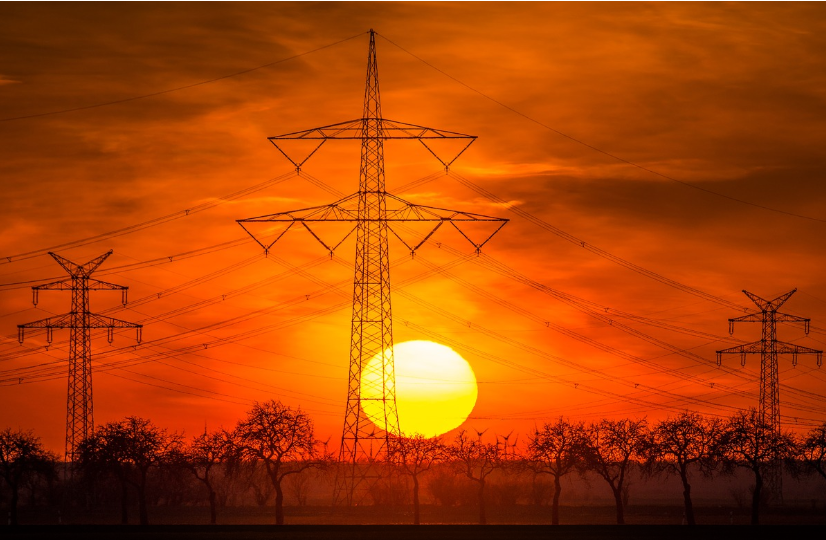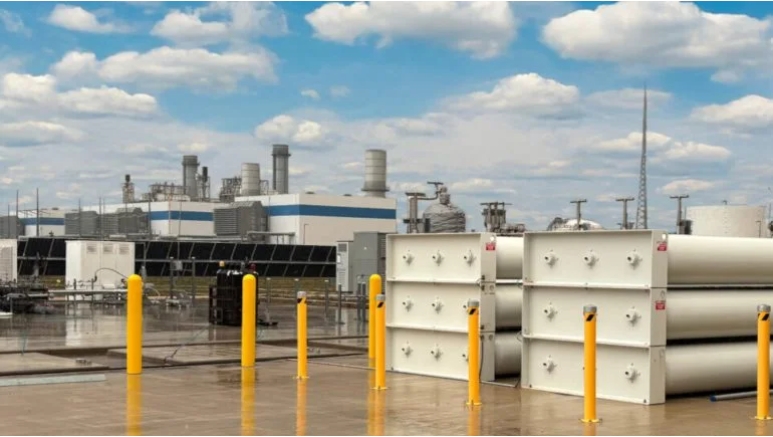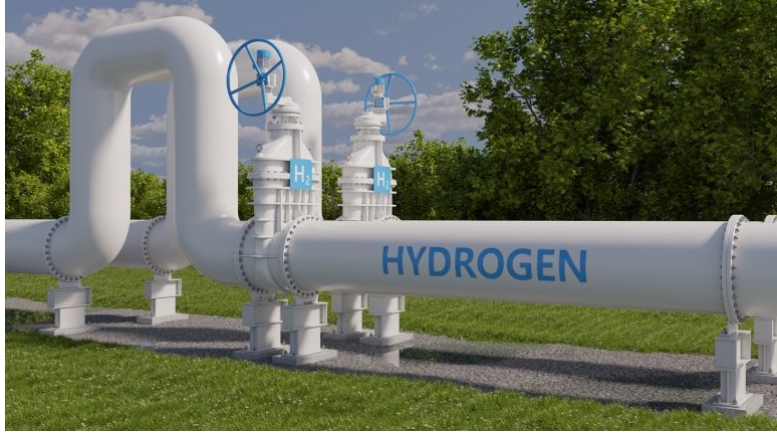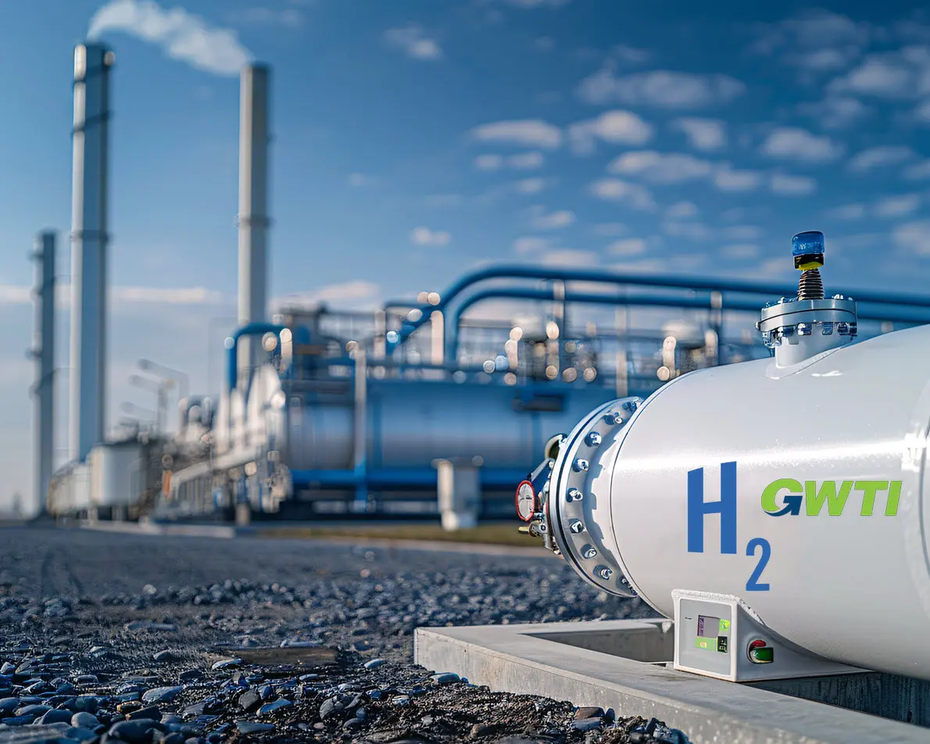
From a solar road in France to a $200bn solar facility in Saudi Arabia, the solar sector has its fair share of failed and struggling projects. JP Casey looks at four of the most disappointing solar projects, and what lessons can be learned from them.
Normandy solar road
Solar roads have long been touted as a possible miracle solution to the world’s energy crisis, as they are less disruptive than wind turbines and can be built atop existing infrastructure. However, the world’s flagship solar road project, the Normandy road in France, has proven to be a failure after two years of operations, with the road only producing around half of the power originally estimated, and engineering issues with the road itself leading to 100m of the road falling into disrepair, and being demolished.
The high volume of traffic has been a contributing factor to both issues, with the solar panels that made up the surface of the road rendered all but useless when objects such as cars pass over them, preventing sunlight from hitting the panels. Falling leaves have also been reported to have caused similar disruptions, highlighting the fragility of operations on the road, and suggesting that the technology may not yet be a robust and reliable source of power.
However, solar roads have seen success elsewhere, with a solar bike lane in the Netherlands exceeding its production expectations in 2018, producing 73kWh per square metre per year, compared to predictions of up to 70kWh. While the road is only 70m long, and so has not produced power on a significant scale, the success of this project suggests there is potential for solar roads to be a contributor to the world’s clean energy mix in the future, if countries and companies can overcome the engineering challenges that plagued the Normandy road.
Medicine Hat solar facility
Earlier this year, the Canadian city of Medicine Hat announced that it would cease operations at a concentrated solar plant after five years due to low production and spiralling expenses. The plant was expected to cost $9m upon completion in 2014, but the city has had to pay an additional $3m to cover overrunning expenses. With the facility producing less than one megawatt of power, Medicine Hat leadership decided to abandon the ineffective facility.
Much of the facility’s struggles have been based on the geography of Canada, which is largely unsuitable for large-scale solar production due to a lack of sunlight. Medicine Hat itself receives an average of 2,544 sunshine hours a year, significantly lower than the 3,470 sunlight hours a year enjoyed by California, the US state with by far the largest solar production. External factors such as declines in the price of natural gas, the energy source solar was intended to replace in the city, have also contributed to the unprofitability of the plant, with consumers more likely to purchase power from natural gas sources, rather than the solar plant.
The plant’s struggles highlight the economic importance of solar projects, and the reality that many will struggle to get off the ground if they do not make money, despite their environmental credentials. However, it is encouraging that a major city has made a significant and reasonably long-term commitment to solar power, and while the geography of Canada may prevent solar projects from ever flourishing there, hope remains that cities in other parts of the world will follow Medicine Hat’s example.
Saudi mega solar plant
While Medicine Hat could be commended for its ambition, other solar projects have aimed for far loftier goals than could be reasonably delivered. In March, Japanese conglomerate SoftBank and the Saudi Public Investment Fund announced plans for a titanic 200GW solar facility, which would increase the country’s solar production by orders of magnitude, from the 50MW installed by the end of 2018, and cost up to $200bn.
However, concerns over financing and support for the project have ultimately undermined its feasibility. Any project of this scale requires coherent and cohesive support from a number of parties, but this project is reported to have gone ahead without consultation with Saudi government officials, and steps on the toes of another raft of state-supported Saudi renewable projects, with the country’s Renewable Energy Project Development Office awarding a contract for a 400MW wind farm for $500m, a project that has both received state backing and is a much more plausible project than the mega-solar plant.
Despite the ultimate failure of the project, it is encouraging to see large-scale solar facilities being constructed, or at least considered in Saudi Arabia. Indeed the country’s targets for solar energy production have constantly being pushed up, from 16GW by 2032 in 2013 to 41GW by 2040 two years later. With annual sunshine hours reaching 3,230, close to that enjoyed by California, there is significant potential for solar projects in the country, provided they can be effectively financed and managed.
India’s cancelled auction
The importance of cross-party support in constructing solar facilities is also highlighted by a recent spate of cancellations of Indian solar projects. In October 2018, the Solar Corporation of India (SECI) cancelled 2.4GW of commissioned solar projects following an auction just four months earlier, wiping almost all of the 3GW that was commissioned off the grid. The dispute stems from significant differences in tariffs quoted by the companies who were awarded the projects in the initial auction, with SECI not willing to see projects with such a range of financial consequences installed under its authority.
While SECI’s stance is understandable, the episode highlights the fragility of the Indian solar sector, and the cancellations will do little to encourage investors to back future solar projects, and anger environmentalists who want to see India take advantage of its reasonable 2,461 sunshine hours per year. Around 8GW of new solar projects were cancelled in 2018, as India struggles to coherently back new solar projects, instead showing support for new investments initially, only to withdraw backing later.
The cancellations are predicted to cripple the country’s solar growth, with Wood Mackenzie reporting that the annual growth rate of new solar installations collapsed from 63% in 2017 to just over 1% in 2018. With India setting an ambitious target of producing 100GW of solar production by 2020, up from an estimated 38GW that will be installed by the end of 2019, confusion surrounding solar auctions and tangible government support for projects could be a significant impediment for the country’s clean energy future.







